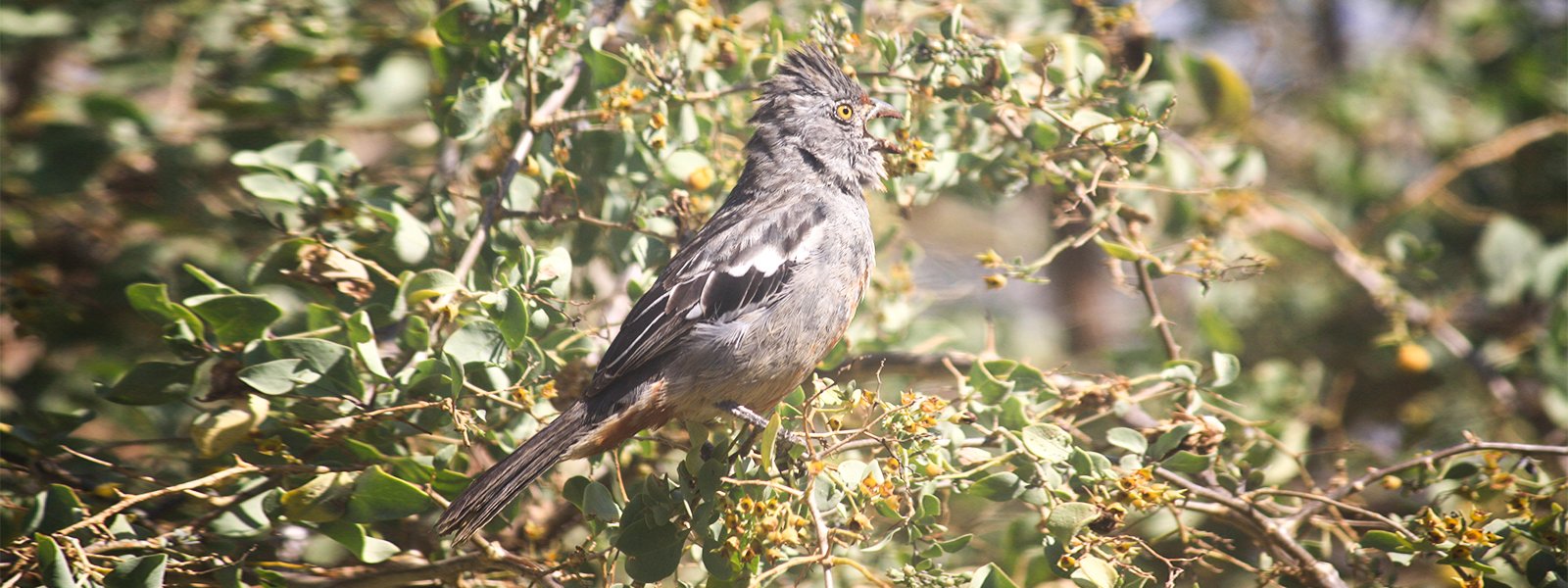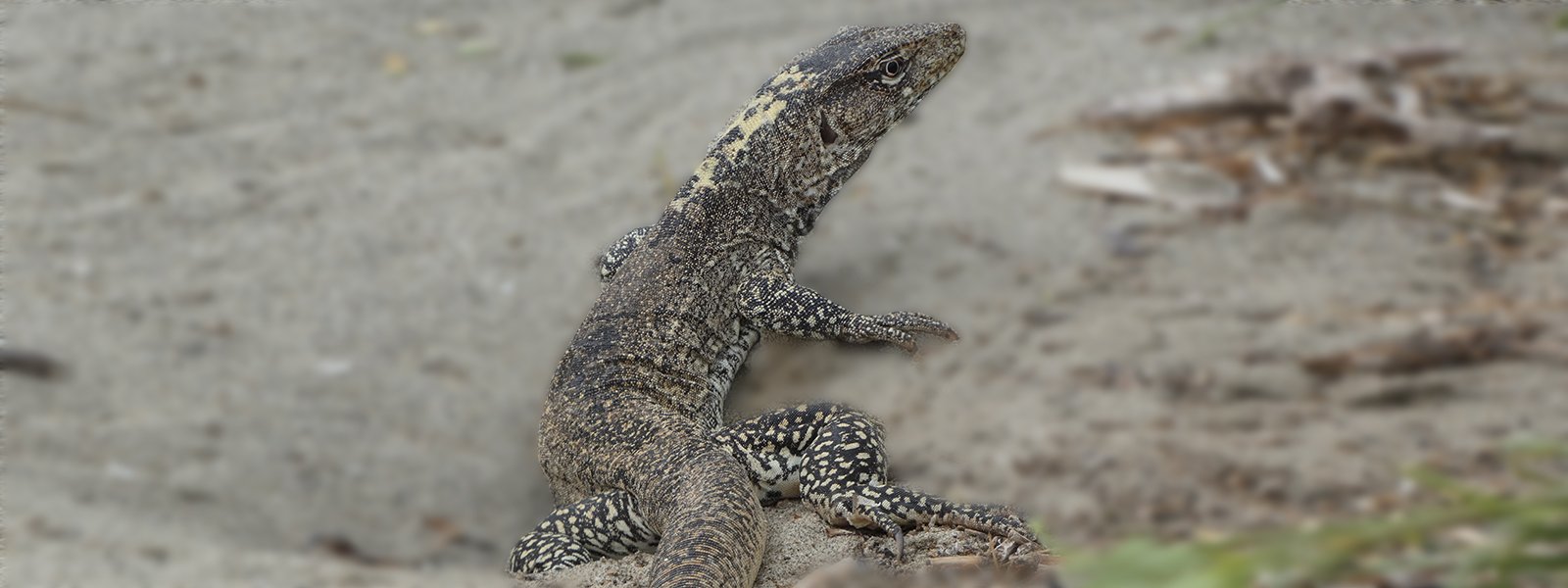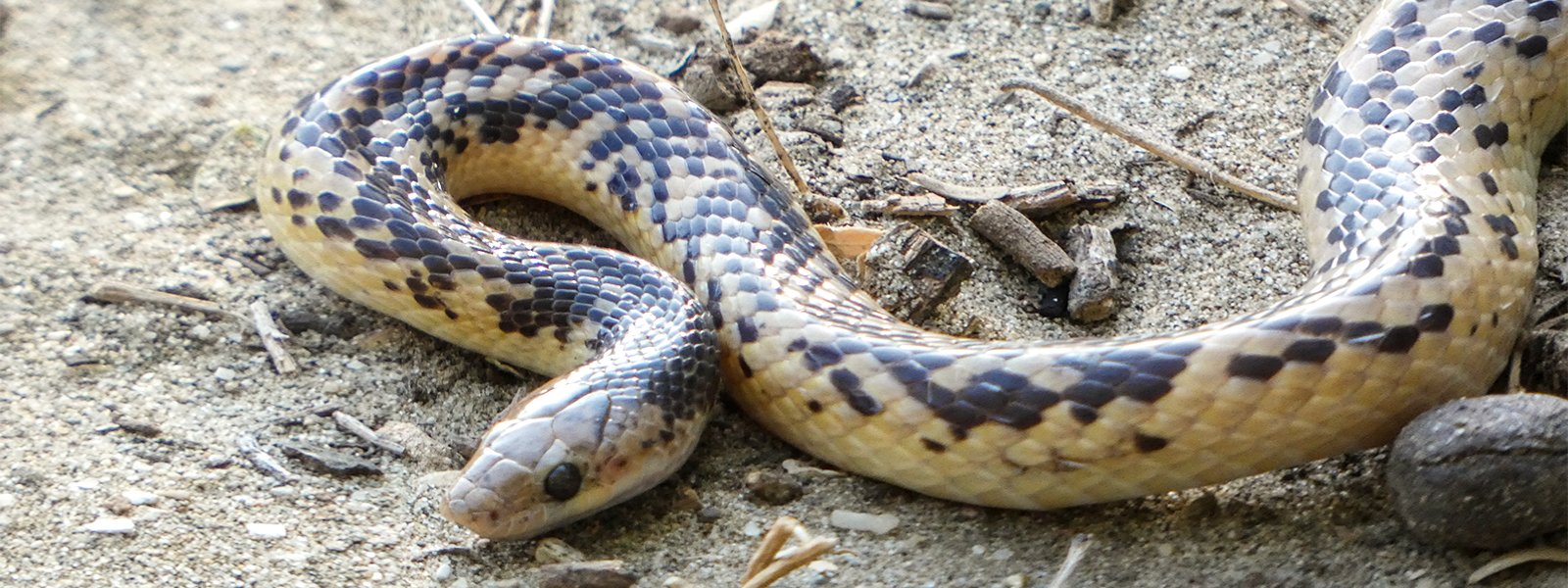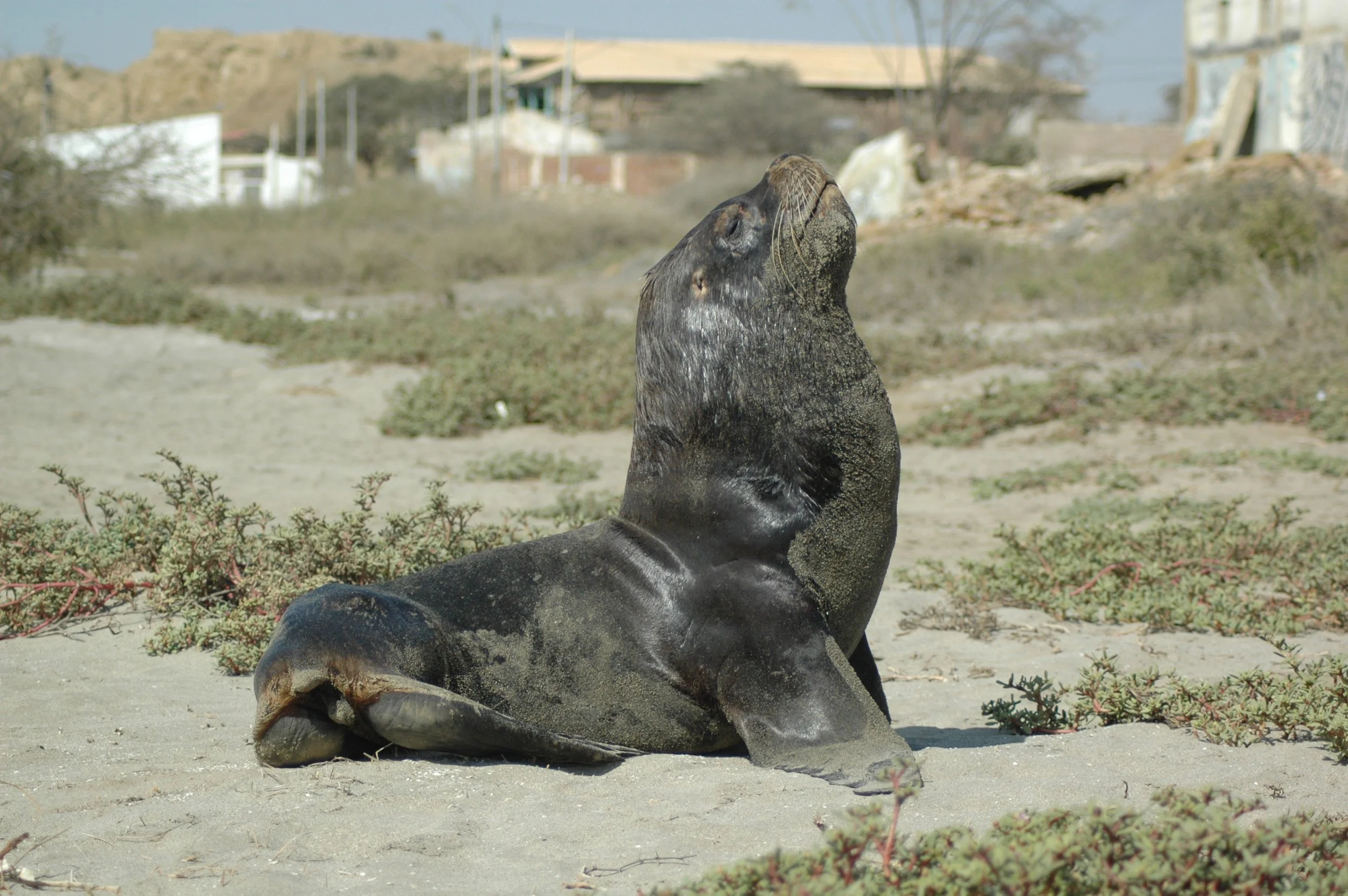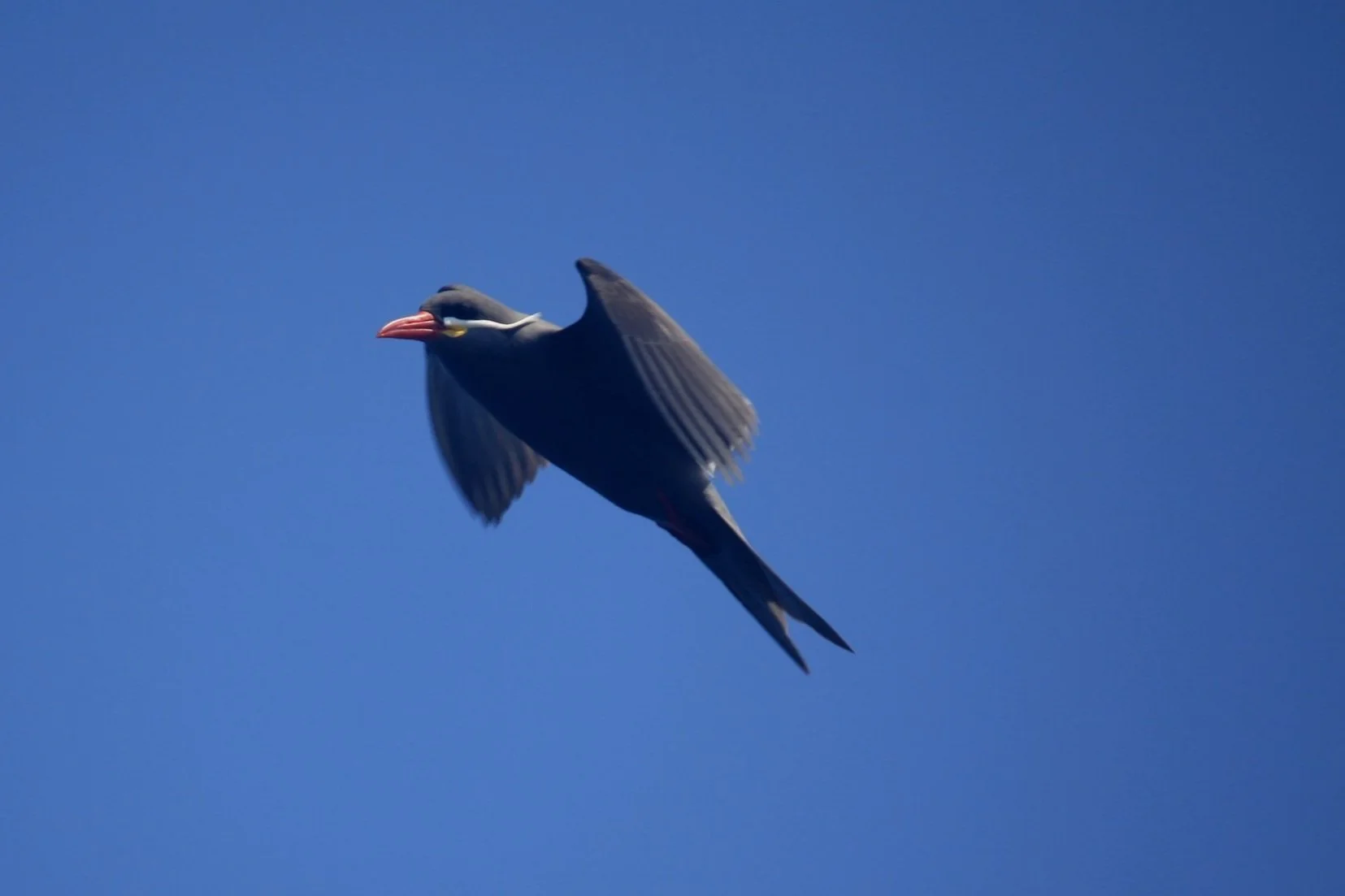The Dry Forest of North Peru
The Tumbesian region was ranked one of the top 3 most important global areas for biodiversity conservation.
-Norman Myers
The Facts
FAO has estimated that ⅕ of global forest cover is located in drylands
Drylands present high levels of biodiversity and endemism, with unique species that have adapted and evolved to these extreme conditions
Drylands harbor species that are particularly well-adapted to extreme ecological conditions and provide essential goods and environmental services
Main species of flora like the Algarrobo (dominant tree of the Dry Forest) and the Palo Negro bush are considered endangered and threatened by national and forestry authorities in Peru
The Tumbesian Endemic Bird Area
The Tumbesian Endemic Bird Area (above) comprises the west part of Ecuador and the northwest part of Peru and contains 58 endemic (restricted-range) species of birds, ranking it the 3rd "biological hotspot" of the planet. Currently, 23 of its 58 species are threatened.
In the Lobitos and Piedritas areas (the main neighboring communities where we work in northwest Peru), we have registered with our partners and friends more than 120 different species of birds:
24 species are part of the 58 restricted-range endemic species; 4 of those are threatened, including the:
Peruvian Plantcutter*
Tumbes Tyrant
Rufous Flycatcher
Red-masked parakeet
*In northern Peru, it is estimated that only 500-1000 Peruvian Plantcutters (a Peruvian endemic and symbolic bird and a biological indicator of the health of the local Dry Forest) are left alive in the wild, with several other species of native flora and fauna of the Dry Forest threatened in various degrees. Their habitat is in a narrow altitudinal range (from sea level to 550m) and highly fragmented, from patches of vegetation that follow important geographical features such as "quebradas" (dry riverbeds or gullies/wadis). The last remaining sites keep being reduced by man-driven pressure and destruction.
Fauna of the Peruvian Dry Forest
On the northern coast of Peru we also have the intersection of the Dry Forest with the Coastal-Marine ecosystem, which is also rich, among other things, in biodiversity of migratory and aquatic/shore birds. In the towns of Negritos and Piedritas, where we are implementing ecotourism ventures with the local communities, as well as in Lobitos, we can find more than 50 such species, 11 of which are threatened according to national and international entities such as the Southern Flamingo, the Roseate Spoonbill, the Snowy Plover, the Inca Tern, the Elegant Tern, the Peruvian Booby, the Guanay Cormorant and the Peruvian Pelican.
Other mammals and reptiles also found in these places are the Sechuran Fox, the Northern Tamandua Banded Ant-eater Bear, the South-American Sea Lion, the Black-eared Opossum, the Green Iguana, the Tumbesian Tegu, the Peru Desert Tegu or Blue-headed Whiptail Lizard, the Peruvian Racer Snake and Fitzinger's False Coral Snake, to name a few. Some of these are also endemic to Peru and Ecuador and are also threatened, adding to the unique biodiversity present here and the great potential for ecotourism experiences to warrant their conservation.
Looking to the Future
If well-managed and properly valued, our drylands can help alleviate poverty and contribute to the food security and sustainable livelihoods of 2 billion people worldwide. For rural livelihoods, they can provide a source of food and other essential materials (wood fuel, medicinal supplies, construction materials, fibers and clothing) in periods of food insecurity, such as during dry seasons or in the wake of natural disasters or pandemics, as well as maintaining local water/groundwater reserves.
Interested in our conservation efforts?
Check out our video on the endangered Peruvian Plantcutter

